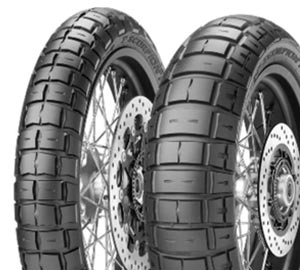Aviator is a cutting-edge aerospace technology that has revolutionized the way we travel through the skies. Developed by a team of engineers and designers, Aviator is a high-tech aircraft that combines advanced materials, aerodynamics, and propulsion systems to create a one-of-a-kind flying experience. In this article, we will explore what Aviator is, how it works, and the potential impact it could have on the future of aviation.
Aviator is a next-generation aircraft that is designed to be faster, more fuel-efficient, and more environmentally friendly than traditional airplanes. Its sleek design and advanced technology make it stand out from the crowd, offering passengers a comfortable and efficient way to travel long distances.
Aviator’s key features include:
1. Advanced materials: Aviator is built using the latest lightweight materials, such as carbon fiber composites, which make it stronger and more durable than traditional aircraft. These materials also help reduce weight, making Aviator more fuel-efficient and environmentally friendly.
2. Aerodynamics: Aviator’s design is optimized for maximum aerodynamic efficiency, with sleek lines and a streamlined fuselage that reduce drag and improve performance. This allows Aviator to fly faster and more efficiently than conventional aircraft.
3. Propulsion systems: Aviator is powered by cutting-edge propulsion systems, such as advanced jet engines or electric motors. These systems are designed to be quieter, cleaner, and more efficient than traditional engines, making Aviator a more environmentally friendly option for air travel.
4. Avionics: Aviator is equipped with state-of-the-art avionics systems that help pilots navigate safely and efficiently. These systems include advanced navigation, communication, and flight management systems that make flying Aviator a smooth and seamless experience.
So, how does Aviator work? The key to Aviator’s performance lies in its combination of advanced materials, aerodynamics, propulsion systems, and avionics. When a pilot commands Aviator to take off, the aircraft’s powerful engines or electric motors propel it down the runway and into the sky. Once airborne, Aviator’s aerodynamic design reduces drag and allows it to cruise at high speeds Aviator Game with minimal fuel consumption.
Aviator’s advanced avionics systems help the pilot navigate through the sky, communicate with air traffic control, and ensure a safe and efficient flight. These systems provide real-time data on the aircraft’s performance, weather conditions, and other critical information, allowing the pilot to make informed decisions throughout the flight.
In addition, Aviator’s advanced materials and propulsion systems help reduce its environmental impact by emitting fewer greenhouse gases and reducing fuel consumption. This makes Aviator a more sustainable option for air travel, especially as the aviation industry works to reduce its carbon footprint and combat climate change.
In conclusion, Aviator is a groundbreaking aircraft that offers a glimpse into the future of aviation. With its advanced technology, sleek design, and environmental benefits, Aviator has the potential to revolutionize air travel and shape the way we fly for years to come. As the aviation industry continues to evolve, innovations like Aviator will play a crucial role in creating a more sustainable and efficient air transportation system.





Write A Comment